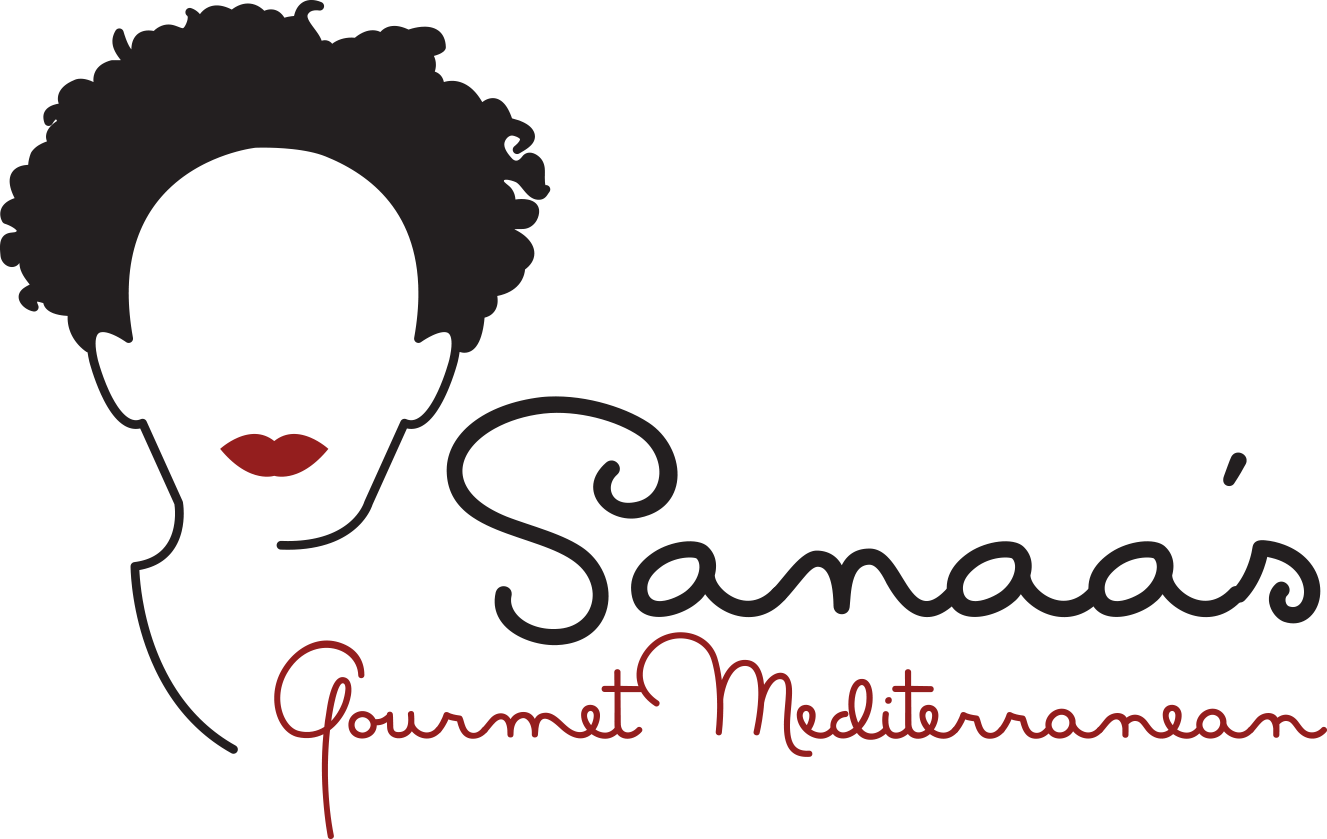What makes a recipe?
I've learned over the years that many people misread the purpose of a recipe.This I have discovered from the number of people who have written to me or stopped me in public to tell me that when they follow one of my recipes, the dish never tastes the same as when they sampled it at the restaurant.The truth is, recipes are more of a blueprint for a dish rather than a hard and fast rule to follow while cooking. People should read a recipe, then insert their own taste into it by varying the amounts of ingredients, seasonings, etc., and cook it the way that makes them feel the most comfortable.Throughout history, recipe adaptation has saved us from the curse of unchanging food dishes, such as eating the raw leg of a woolly mammoth.A recipe's ingredient list in a used cookbook included 2 pounds of butter. Had that remained static, instead of substituting olive oil or lesser amount of butter, we all would be contributing to the cardiologists' retirement fund.So, the question is: what makes a recipe?I remember my husband telling me that when he asked his mother why Lebanese food was so much better that other kinds of food, her reply was that she used whatever natural ingredients were available. When they had this discussion they were picking grape leaves from grapevines that were growing wild south of Wood, SD.Using what is available also is the secret of good Italian cuisine. The recipes change with the seasons because some of the ingredients were available only during certain times of the year. I have always tried to go to Italy during porcini mushroom season, as well as the season when baby artichokes are served in Rome's restaurants. Ribbolita, a wonderful Tuscan winter soup that used stale bread and leftover vegetables, is served only in winter in Italy.The same theory is true for wonderful French bouillabaisse, which is a French creation that uses only one of each kind of fish. It is a dish that legend says was created by a fisherman's wife who had only leftover unsaleable fish with which to make dinner.Every generation changes a recipe that has been handed down, depending on what seasonings and spices are available. I always had thought I was cooking my mother's recipes until I went to visit her last summer and cooked for my family there. They complained because I used too many spices that made the dishes different.A young woman on the verge of marriage asked her mother to teach her how to make her famous baked ham. They went to the grocery store and bought a 5-pound ham and spices to go with it. When they got back to the kitchen, her mother cut off about 2 pounds of the ham and put it aside. She cooked the 3-pound piece and described to her daughter step by step how it was made.The young woman asked, "What will you do with 2 pounds you cut off and left to the side?""I don't know," her mother said, "you have to ask your grandmother."They went to her grandmother and asked why she bought 5 pounds yet only cooked 3 pounds."That's how I learned it from my mother," she answered. "You can ask my mother, because that's who I learned this recipe from.They went to her great-grandmother and asked her why we should buy 5 pounds yet cook only 3 pounds of ham?"I don't know why your mother does it, but I did it because the pot I owned could only fit 3 pounds of ham.That is adaptation at its best.
